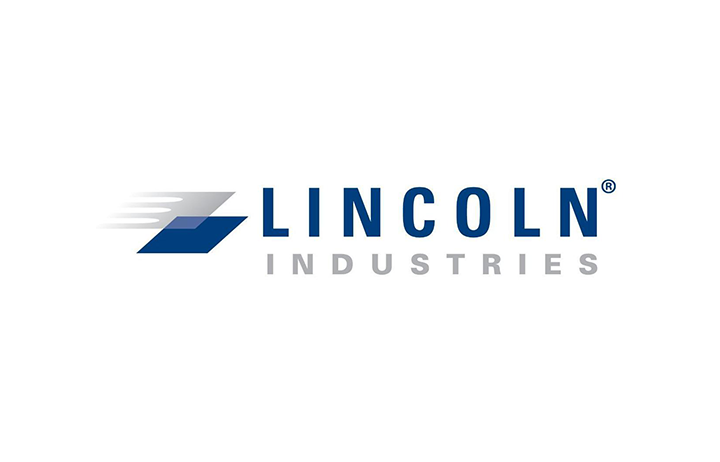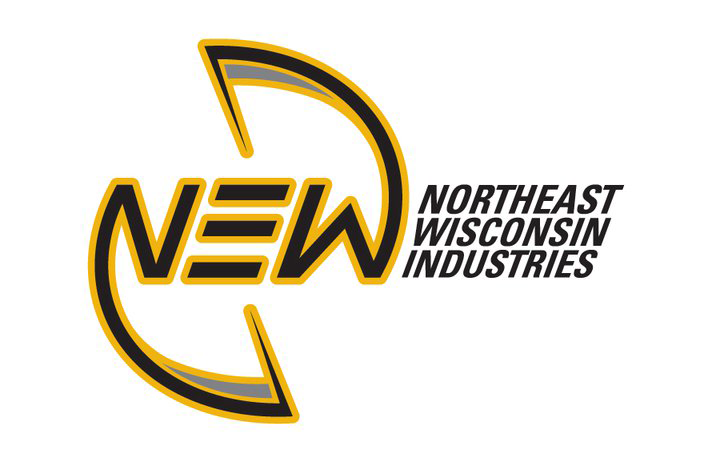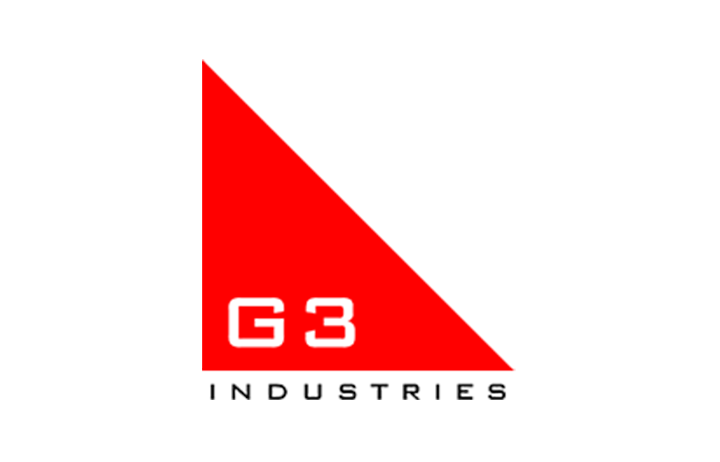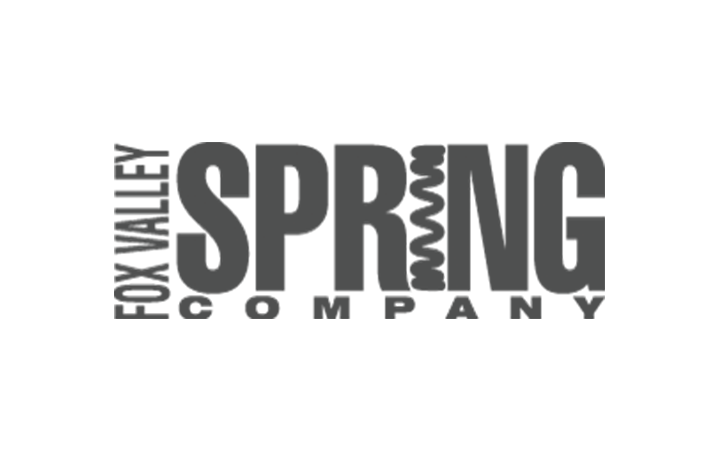Both galvanization and zinc plating are popular in the metal finishing industry. Although galvanization is an application of zinc plating, it has a much more different finishing process with different thicknesses compared to zinc plating. Knowing which type of plating to choose can significantly benefit your business and make your parts last longer. This will also guarantee that your customers will keep coming back to you. In this article, we will specify the differences between galvanization and zinc plating.
Galvanization
- Needs to be submerged in molten liquid zinc
- Produces a dull finish and is 50 microns thick
- Temperature tolerance of 392 ℉
- Prevents corrosion and rusting
- Long life expectancy
- Superior resistance to mechanical damage
- Less maintenance
- Used for large structural shapes, especially in the construction industry
Zinc Plating
- Involves electroplating: needs to be immersed in a zinc salt solution before an electric current is applied to it
- Produces a shiny finish and is 3 microns thick
- Temperature tolerance of 120 ℉
- Corrosion-resistant
- Low cost
- Indoor usage preferences
- Used for small parts, such as nuts, bolts, automotive and fabricated parts to use in industrial applications
Contact Us
Are you in the market for metal finishing? Come to our ONE-STOP-SHOP. We are always willing to help and answer any questions you may have on the differences between galvanization and zinc plating. Our rack coating process can handle parts up to 110” long x 60” high x 30” wide. We can accommodate large amounts of smaller parts that need coating.
Professional Plating in Brillion has the knowledge and expertise you need on your next project. We provide plating services for Appleton, Green Bay, Manitowoc, and surrounding areas. We will make sure you get the quality and service you need. Give us a call or send a member of our team an email to tell us your zinc plating needs.





